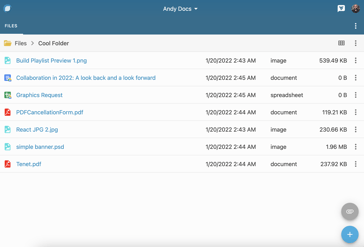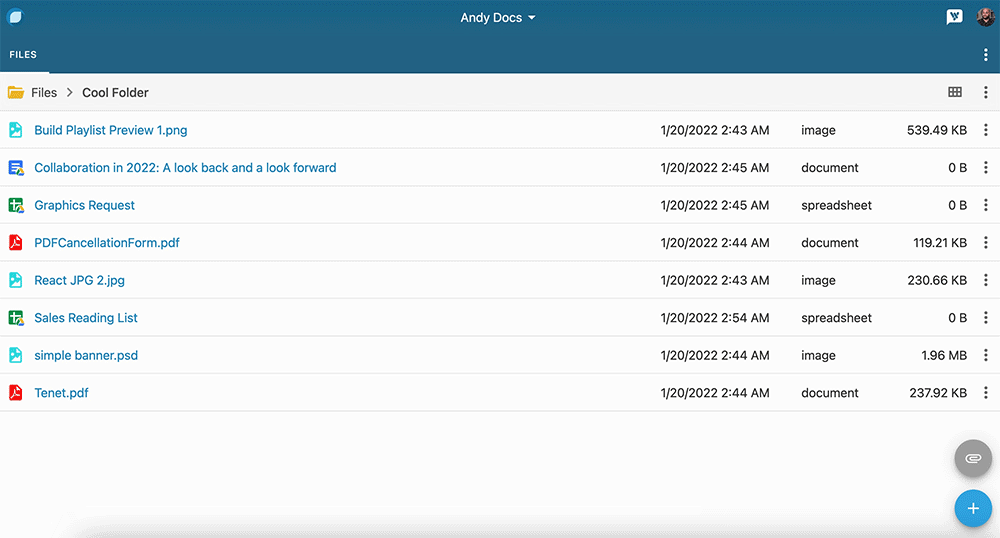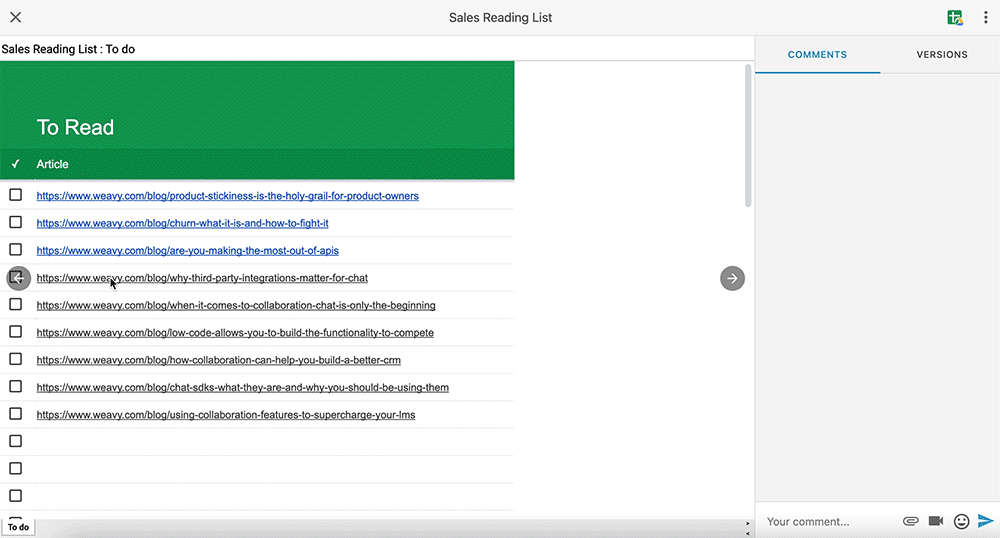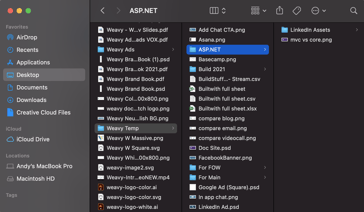“See attached” - author unknown

Over the last few years, there’s been a marked increase in the availability of collaboration features in productivity apps. Major players like Microsoft and Salesforce have made huge moves to add more robust collaboration to their products, and smaller players have been racing to keep up. Many more companies have taken steps to integrate or expand in-app chat functionality, and that trend will likely continue for years to come.
But as I’ve said time and again when it comes to collaboration, in-app chat is now the bare minimum. That’s just one of the many reasons we made the choice last year to make our Chat API and SDK completely free. Activity Feeds take collaboration to another level, and do so in a way users already intuitively understand, and has begun to crop up in quite a few different productivity stacks. But there’s one collaboration feature that has gone woefully overlooked: In-app File management.
What is In-app File management?
In-app File management is a suite of features, usually implemented via an API, that enables users to collaborate on important work documents within an application. With a good implementation of in-app file management, users should be able not only to upload documents, but sync, share, and even preview them securely without ever having to navigate away from the app. With a great implementation things like sharing and permissions should be automated, so that no one ever has to ask a colleague for permission to view a document or send an email with an attachment ever again.
To put it bluntly: most organizations are terrible at file management. That’s not a knock, it’s just a reality that most people store, share, and manage their files in multiple locations, usually dictated by how close that storage is to their work. But with the advent of web-based applications keeping your documents with the place you do your work isn’t often possible. What often happens is a mess of emailing attachments back and forth, trying to find some way to keep track of which is the most recent version and who has it stored on their computer. In-app file management gives users the tools to circumvent this confusion and keep their work organized where they are working: your app.
Sync & Share
Being able to upload important files to your app is cool, but what’s cooler is being able to store and organize those uploaded files alongside files synced from a cloud storage solution like DropBox, OneDrive, or Google Drive. If you don’t want to imagine how cool it is, just see for yourself:

Over 90% of companies use some form of public cloud storage like Drive, DropBox, OneDrive, or Box, and some analysts say that by the end of the year that percentage could nearly reach 100%. A great in-app files API should not only play nicely with these platforms, they should enhance the experience of the people using them. Weavy does this by not only allowing end-users to store and organize their cloud files, but also create new cloud files that are synced back to their account, all without having to leave your app.

On the backend, Weavy’s In-app Files API automates the permissions so that every person with access to the file in the app has the appropriate permissions to view and edit. As an extra layer of operational security, Weavy backs up all versions of the files and gives data on who modified the file as well as when they modified it. This is great for your users productivity and your app’s engagement.
Preview
While organizing, sharing, and creating files are all important parts of the productivity experience, they aren’t truly collaboration. What separates file storage from file collaboration is the ability to preview files in your app. Weavy’s In-app Files API allows users to see full sized previews of most popular file types, including not only text based files like .docx files or Google Docs, but PDFs, image files, videos, and even Photoshop PSD files.

Users can leave their feedback, look at version history, download the files, or even press a link on text based files to open the appropriate web app for editing, with all their changes reflected in the version history.
Upload
Of course in the grand scheme of things, cloud storage is pretty new, cheap cloud storage even more so. Though most companies now utilize some form of cloud storage, I’m willing to venture that either by force of habit or reliance on non web based applications, most employees of small and mid size companies still store a large amount of their files locally. While this is arguably one of the most secure ways to store files, it’s also the least conducive to collaboration.
It can also create some headaches and lost files as some workers are just not as organized as others. Just gaze upon my desktop and despair:

A file uploader API lets users upload those local files to your app’s server, allowing them to be accessed by anyone else in their team. More importantly for people like me, Weavy’s in-app files API allows me to rely on my much more organized colleagues to keep all of our internal files in order. If I need to edit a file locally, I can simply download it, work on it, and reupload. The best part is that the re-uploaded file is saved as a new version, giving me and my coworkers access to all the previous uploaded versions should we need them.
Files aren’t going away any time soon, and being able to work with them efficiently and effectively is an important part of any person’s workday. When you give your end users the ability to work with their important documents directly in your app, you make it an indispensable part of their productivity stack, bridging the gap between “works great” and “great for work.”